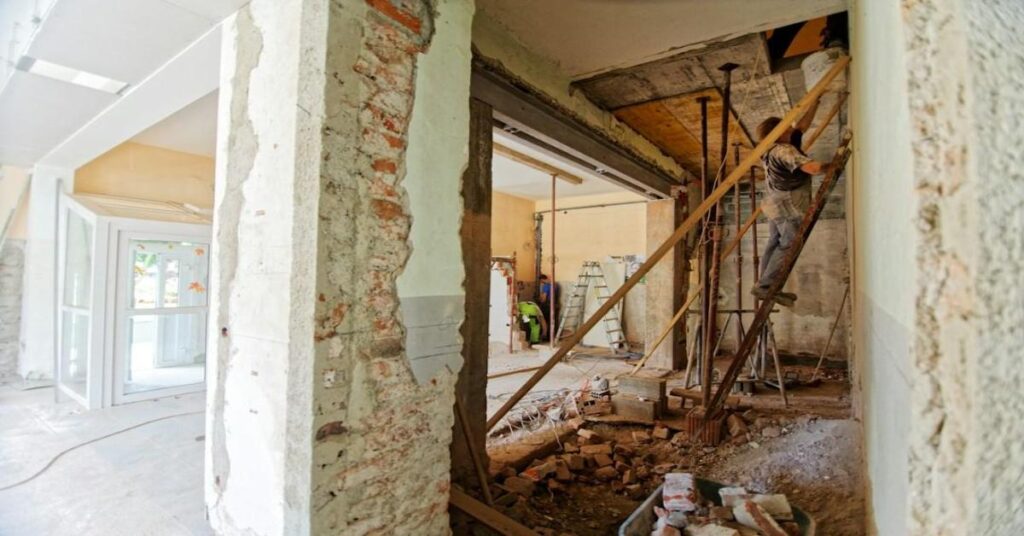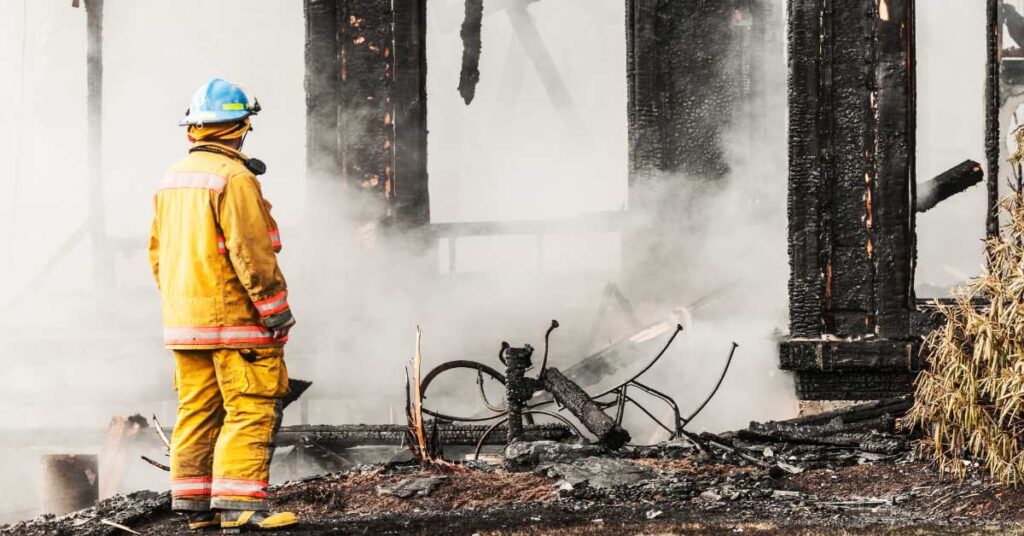Dealing with the aftermath of a house fire can be an overwhelming and emotionally taxing experience. Not only are you faced with the physical damage to your property, but also the task of rebuilding and restoring your home to its former state. This guide aims to provide practical and straightforward advice on how to navigate the process of restoring your home after a house fire, ensuring that you can return to a safe and comfortable living space as soon as possible.
Assessing the Damage
The first step in the restoration process is to assess the extent of the damage. It’s crucial to have professionals evaluate the structural integrity of your home and identify areas that need immediate attention. Fire damage restoration services specialize in this kind of assessment, offering expertise in determining the full scope of the damage. Their assessment will guide the restoration process, ensuring that all aspects of fire, smoke, and water damage are addressed.
Once the assessment is complete, you’ll have a clearer understanding of what can be salvaged and what needs to be replaced. This is a critical stage in the planning process, as it lays the groundwork for the entire restoration effort. A thorough and professional assessment will help avoid any unforeseen issues during the restoration process.
Addressing Heating and Ventilation

An often overlooked aspect of fire restoration is the heating and ventilation system. Smoke and soot can infiltrate these systems, leading to long-term issues if not properly addressed. It’s essential to haveheating services inspect and clean your heating, ventilation, and air conditioning (HVAC) systems. This ensures that your home’s air quality is safe and that your heating system is functioning efficiently.
In addition to cleaning, this is an opportune time to consider upgrading your heating system. Modern systems are more energy-efficient and can improve the overall comfort of your home. Addressing these systems early in the restoration process can save time and ensure that your home’s environment is healthy and comfortable once you move back in.
Cleaning and Deodorizing
The next step is to embark on a thorough cleaning of the affected areas. This involves removing soot, smoke, and water damage from walls, floors, and ceilings. Professional cleaning crews are equipped with the tools and expertise to effectively clean and deodorize your home, eliminating the lingering smell of smoke.
It’s also important to address any water damage caused by firefighting efforts. This may involve drying out areas, preventing mold growth, and restoring water-damaged furniture and belongings. A meticulous cleaning not only helps in restoring the aesthetic appeal of your home but also plays a crucial role in ensuring a healthy living environment.
Renovation and Restoration

Once cleaning is complete, the actual restoration and renovation work begins. This might include repainting, repairing drywall, restoring floors, and replacing damaged fixtures and fittings. It’s an opportunity to not just restore but also upgrade and improve your home.
Renovation can be an emotionally uplifting part of the process, offering a sense of progress and renewal. Choosing new colors, materials, and designs can transform a tragic event into a chance for a fresh start. It’s important to work with contractors who understand your vision and can translate it into reality while respecting the sentimental value of your home.
Personal Belongings and Memories
An essential part of the restoration process is salvaging and restoring personal belongings. Fire can damage or destroy items of sentimental value, and handling these items with care is crucial. Restoration professionals can often clean and repair items like clothing, books, and photographs, helping to preserve and display your precious items and the memories that come with them.
For items that can’t be restored, it’s important to document them for insurance purposes. This emotionally challenging step is vital in the recovery process, allowing you to acknowledge losses and start moving forward.
Embracing a New Beginning
Restoring your home after a fire is a multifaceted process that involves not only repairing the physical damage but also attending to the emotional well-being of those affected. By engaging with professional fire damage restoration services, addressing vital systems like heating, and being involved in the renovation process, you can turn a challenging situation into an opportunity for a fresh start. Remember, the journey to recovery is gradual, but with the right approach and support, you can rebuild a home that feels safe, comfortable, and full of new memories.
Related Articles:
